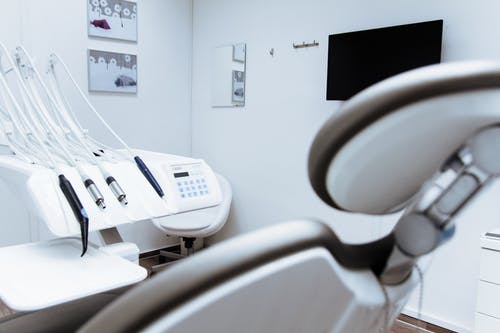Mold and mildew are all forms of fungi that share common attributes but also differ in many ways. While both fungi grow in damp and humid areas, they could influence your health and home differently. Knowing the differences between mold and mildew can help you know how to approach the issue. Read on to learn what separates mold from the mildew:
Where They Grow
Both mold and mildew can grow in damp areas in houses and outdoors. They require an organic food source, such as drywall, wood, plants, or soil.
Mold can grow on almost any organic surface in a house. Given enough time, mold may cause materials to rot and ruin the structural components of a house. Mildew develops mostly on plants and may kill them if not removed in time. Mildew is also the title of these plant diseases caused by parasitic fungi.
Look
Mold is usually fuzzy or slimy, whereas mildew appears either powdery or downy. Downy mildew is yellow at first and turns to brown yellow later on. Powdery mildew is white, then turns yellow and black when it evolves.
Mold appears as irregularly shaped spots that can have distinct colors — blue, yellow, green, brown, gray, white, or black. Mildew generally grows in a flat pattern and appears as white, gray, or yellow patches that turn black or brown over time.
Exposure Symptoms
Mold exposure can lead to several health issues including allergic reactions (sneezing, itchy eyes, runny nose, coughing, wheezing, irritation of the throat, migraines, etc.), respiratory problems (difficulty breathing, coughing, and asthma attacks), heart problems, migraines, depression, and much more. Mildew vulnerability poses fewer health risks — coughing, headache, sore throat, and respiratory problems.
Benefits
Some molds are valuable, for instance, Penicillium is used to make antibiotics and may also be utilized in the production of cheese and kale. Mildew does not have any known benefits.
Prevention and elimination
As mold and mildew thrive in humid environments, it’s important to keep your house dry to prevent expansion. Repair leaks, use a dehumidifier to keep humidity at 30-50% and ventilate appliances. Learn more mold prevention tips.
Removing mold and mildew yourself can be tough and damaging to your health. For little infected regions — significantly less than 10 square feet — on surfaces like walls, wash the mold with a combination of household water and detergent. If the affected area is larger than 10 square foot, the most secure and most efficient means to remove the mold is to call a mold remediation company. Discover why DIY mold removal is not a good idea.
Mildew on crops can be removed by wiping the leaves lightly with a dampened paper towel. After every wipe, freshen the paper towel. Replace the paper towel when all components have touched on the moldy surfaces and cut off some leaves which still have mold visible on them. Click this link to find out more.
One of the many types of molds that can grow indoors, black mold is among the most notorious. Learn about black mold removal. Speak to your regional PuroClean Jeffersonville office for mold remediation providers, water damage restoration, and other emergency restoration.



